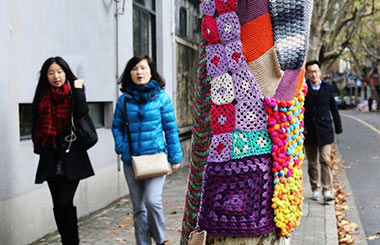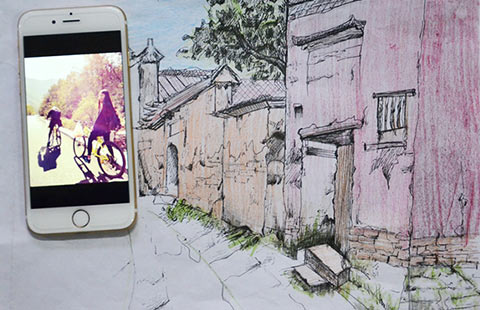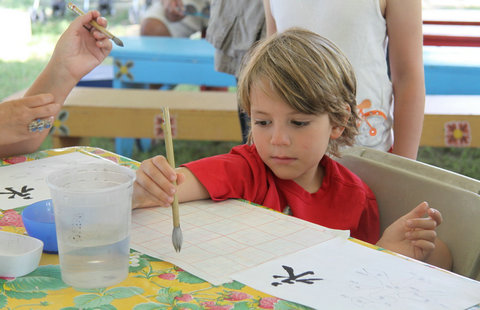Keepers of the past celebrate China's world heritage
By Wang Kaihao ( China Daily ) Updated: 2015-12-01 07:34:48
 |
|
The Palace Museum in Beijing is one of the country's first UNESCO World Heritage sites. [Photo by Zhuo Ensen/China Daily] |
China celebrates UNESCO founding with pledge to protect its own sites and do more, Wang Kaihao reports.
Preservers of Chinese heritage gathered at Palace Museum in Beijing last week to celebrate 70 years of the founding of UNESCO and the 30th anniversary of China's ratification of the World Heritage Convention.
The Palace Museum, which is also known as the Forbidden City, the Mogao Caves in Northwest China's Gansu province, and sections of the Great Wall were among the first six Chinese locations to be declared UNESCO World Heritage sites in 1987. With 48 today, China has the world's most such sites after Italy.
"China's World Heritage sites differ in types and landscapes, which is admired by the whole world," says Du Yue, secretary-general of Chinese National Commission for UNESCO.
"In the past decades, government bodies and the private sector have both cooperated with UNESCO (to declare such sites)."
In China, protection of UNESCO World Natural Heritage is supervised by Ministry of Housing and Urban-Rural Development, while the State Administration of Cultural Heritage is in charge of works related to World Cultural Heritage sites.
Lu Qiong, deputy director-general of sites' protection and archaeology under the State Administration of Cultural Heritage, says China's sites are distributed across wide geographical locations such as the Great Wall, stops along the ancient Silk Road and the Grand Canal.
- Taipei Palace Museum calls on Taobao to boycott copycat gadgets
- Shrouded in heavy snowfall, Palace Museum greets a good many visitors
- Palace Museum sees a surge of tourists in off-season
- Major collaborations between top museums in China and UK
- A glimpse of the upcoming Metropolitan Chinese painting exhibition
|
|
|
|
|
|
|
|
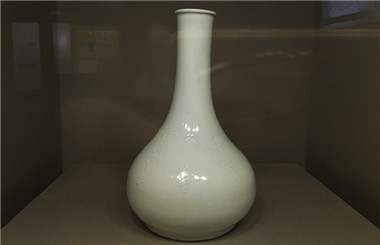






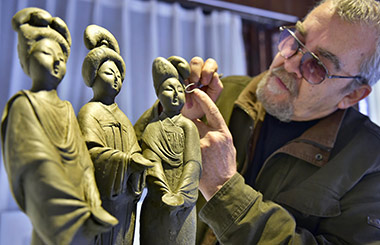
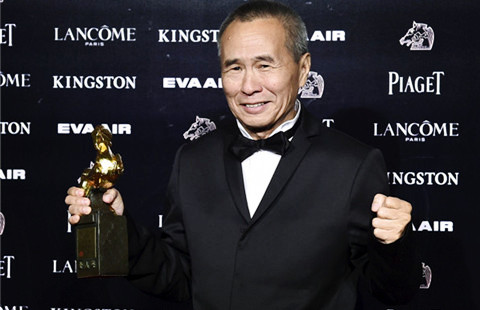







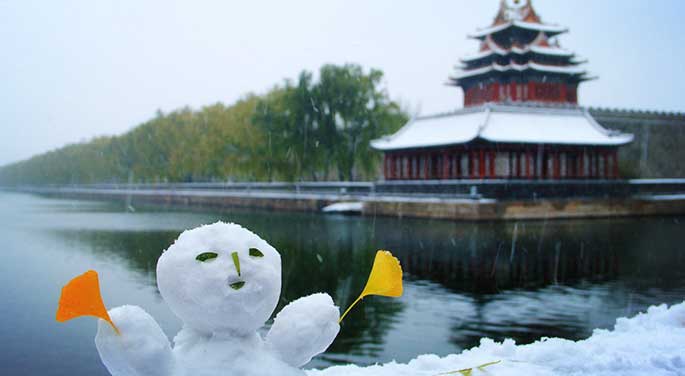




 Raymond Zhou:
Raymond Zhou: Pauline D Loh:
Pauline D Loh: Hot Pot
Hot Pot Eco China
Eco China China Dream
China Dream China Face
China Face



